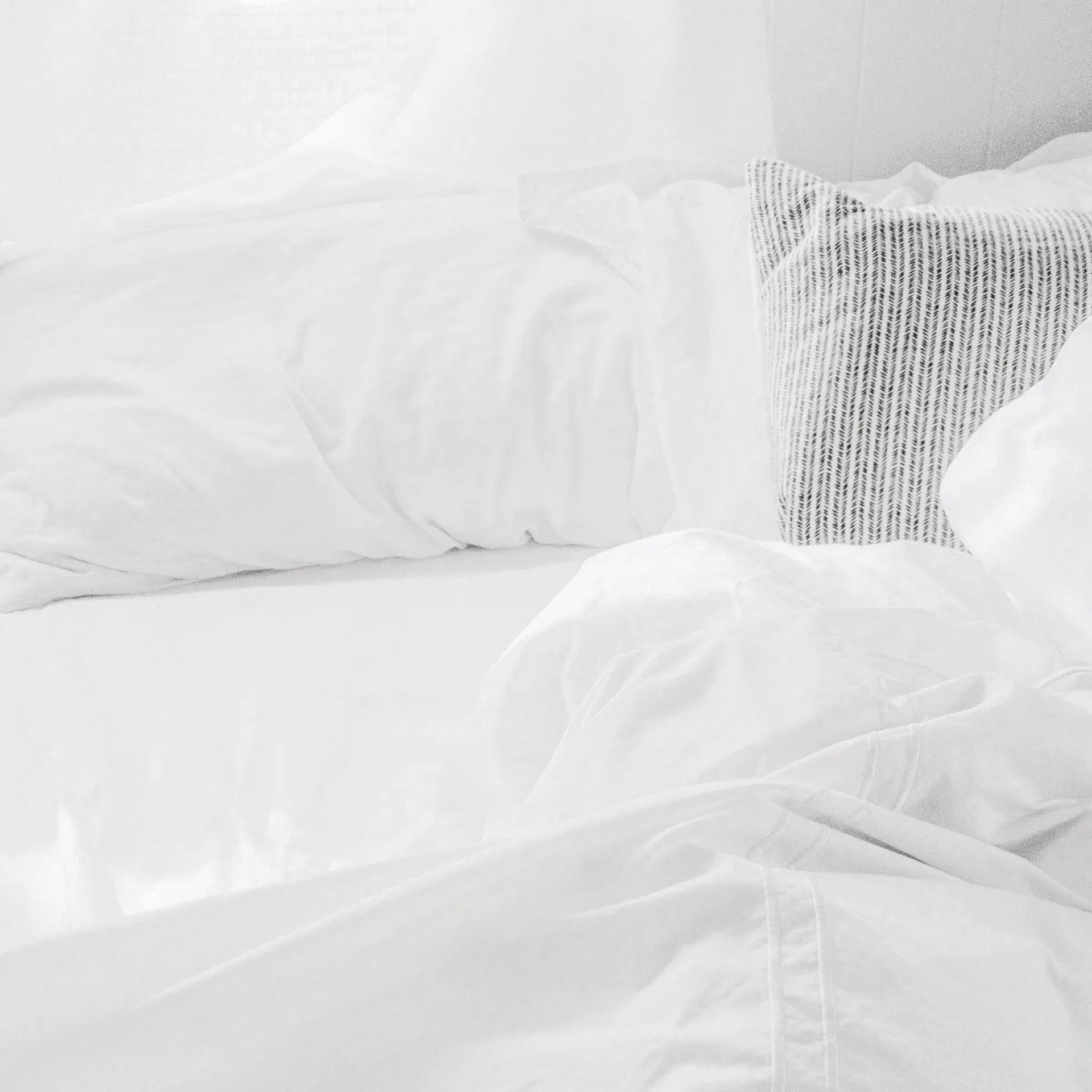How to Wash Your Favorite Wool Sweater Without Ruining It

Nothing is more warm and inviting than cozying up into a beautiful wool sweater. Paired with a comfy scarf, mittens, and that fuzzy beanie, it’s an essential component of your cold season wardrobe. Your favorite wool sweaters, when properly cared for, can bring you years of coziness.
Are you under the impression that caring for wool sweaters is tricky and difficult? It’s actually quite easy. To simplify things, we have compiled a collection of sweater care tips to help you get maximum wear out of your beautiful wool sweaters for many cold winter seasons to come.
Know Your Wools
Your favorite sweater could be made from any number of wool varieties. How you care for your wool sweater, depends on the material.
1. Wool
When the label simply says “wool” that means it’s made of sheep’s wool. This variety of wool is known for being itchy, so you’ll normally wear a shirt underneath to avoid skin irritation. At the same time, it’s also really warm, and in the winter time a good sheep’s wool sweater goes a long way. Most important, however, if you wash it incorrectly or dry it, it’s more likely to fit your toddler than it is you. It needs to be hand washed and air dried.
2. Lambswool
Lambswool is so soft and delicious that you’ll wish you could bathe in it. That said, it’s also rquite expensive because it’s sheared from baby lambs when their wool is still super soft. It’s pricier but also more durable than other varieties of wool. And again, it needs to be hand washed and air dried.
3. Cashmere
Cashmere sweaters are known for coming with the highest price tags. Their pricey nature is a result of both its rarity and the difficult nature of production. Cashmere comes from a particular goat that’s made to produce super soft wool in its undercoat. It’s not itchy at all and known for being very soft. Cashmere usually needs to be dry cleaned.
3. Merino
Merino wool comes from the Merino variety of sheep. It’s best known for being nature’s temperature regulator. That means that when it’s cold it can keep you warm but when it’s warm it keeps you cool. That’s why you can wear it year round. It too needs to be dry cleaned.
4. Mohair
It’s known for being silky but also resilient. This goat wool is less likely to wrinkle when compared to other forms of wool and it’s soft to the touch and not itchy at all. It needs to be hand washed and air dried.
5. Angora
Angora wool comes from a crazy yet adorable looking bunny. It’s silky and warm yet lighter than other wools. However, there are also somemajor animal rights issues associated with this form of wool, especially if it’s purchased from China. It needs to be dry cleaned.
Caring For Wool Sweaters: Washing Dos and Don’ts
If they don’t require dry cleaning, mostly all wool sweaters require hand washing and air drying to keep their form.
1. Keep it cool.
Wool does not do well when it’s exposed to heat. That’s why whether you’re soaking or washing, keep the water cool to warm.
2. Soak it up.
To remove any odor, a good soak is in order. Add a few drops of mild detergent to tepid water and swish around a few times. Add 3/4 cup white vinegar to disinfect. Don’t worry, the smell won’t hold. Let soak for five to ten minutes.
3. Choose the right detergent.
Avoid using detergents that are heavy duty, contain bleach, or are bio detergents with built-in enzymes that can break down the sweater’s fibers. Avoid powdered detergents that can leave specks on your sweater. Eucalan Lavender Fine Fabric Wash ($16) and Soak Wash Rinse ($16) are good choices.
4. Rinse well.
Remove the water from the container and add fresh water. Swish around a bit. Continue to replace the water until any residual detergent is gone.
Drying Dos and Don’ts
Again, exposure to heat is a bad thing. Avoid it when you’re drying your sweater, too. This means throwing it in the dryer is a no-no.
1. Remove moisture.
To remove moisture, ever so gently, roll your sweater up in a white towel (to prevent dying) and ring it out a bit. Then, to avoid stretching the sweater out, lay it out on a flat surface. Let your sweaters dry flat overnight on a dry towel. In the morning, turn the sweater over. Drying time can be 12 to 72 hours, depending on your climate, how thick the sweater, and how damp it is.
2. Avoid heat.
Even when you’re laying it out on a surface, it shouldn’t have direct exposure to heat. This can stiffen the fabric.
How to Remove Pills From Your Sweaters
Proper care for your sweater can prevent pilling in the first place. But if you have garments that already have pilling, these steps can remove them.
Carefully use tiny scissors to address one pill at a time. Or you can purchase an electric pill remover like the Evercare Small Fabric Shaver ($10) to clean pills from fabric quickly and easily.
How to Store Wool Sweaters
The best way to ensure your wool sweaters are stored properly, especially to avoid moth holes, is to clean your sweaters first, because moths are attracted to dirt and strong odors. After your sweaters are properly cleaned, store them in sealed containers. Cedar is best because moths don’t like the smell, but tight fitting plastic containers will also work. To be extra cautious, seal your containers with packing tape so that larvae can’t get in. This way you can be sure that when you pull your gorgeous sweaters out of storage next winter they’ll look and feel like new.
What tips do you have for taking care of your gorgeous wool sweaters? We want to know! Drop us a line via Twitter @OrganicAuthorit.
Related on Organic Authority
9 Healthy Winter Recipes with Root Vegetables
The Winter Healthy Hair Secret You May Be Missing
6 Ways to Get Hygge: the Danish Word for ‘Cozy’

